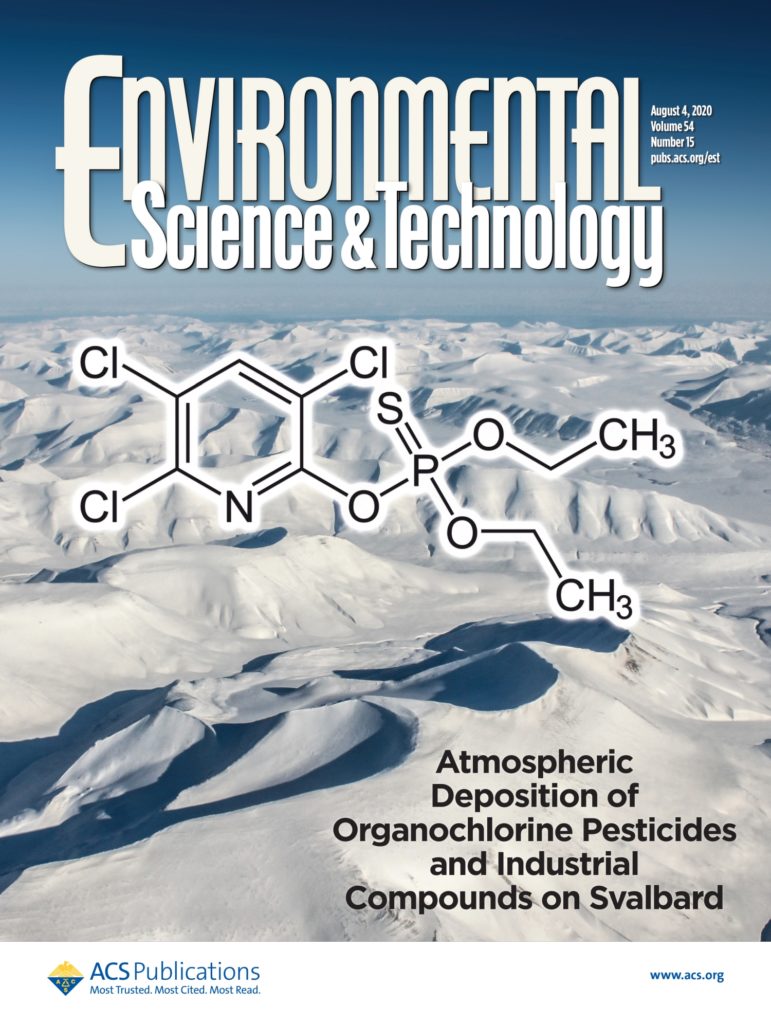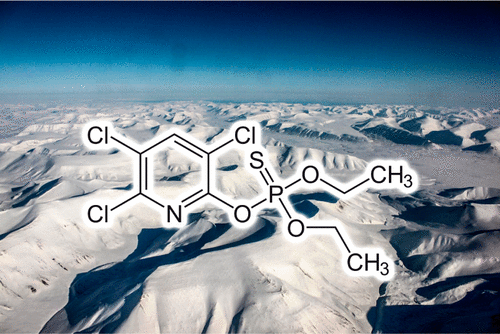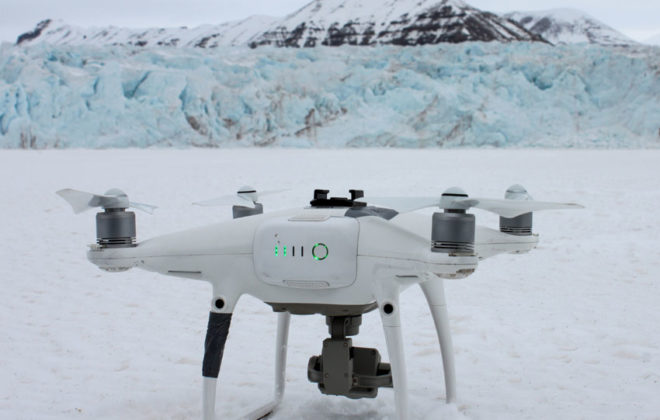Finding Industrial Pollutants on Svalbard Glaciers
In a recent article that I worked on, we studied winter snow samples from four glaciers on Svalbard. We analyzed the snow for organochlorine pesticides (OCPs) and found seven industrial compounds. These pesticides are categorized as persistent organic pollutants – this means that they degrade very slowly in the environment and can easily be bioaccumulated. These chemicals are highly toxic and can cause significant environmental impact.
The fact that we found these toxic chemicals on remote glaciers of Svalbard indicates that they have been transported there via long-range atmospheric transport. Our simulations showed that these chemicals have been transported in the air from lower latitudes – most likely from the Nordic countries and Russia.
Long-range atmospheric transport of pollutants is a significant “pathway” of pollutants into the Arctic. Even though there are very few local sources, high concentrations of certain chemicals can be found in the Arctic. The degradation of these pollutants is happening at even slower rates in the Arctic, because of the low temperatures and long periods without sunlight (UV light). Once in the Arctic, these toxins can have significant environmental impacts on for example seals, sea birds, and polar bears.
I am very happy to have the opportunity to do research in a field that is quite unrelated to my main topic – unmanned aircraft in atmospheric icing conditions. For this particular paper, I have been running the air transportation simulations that we used to identify potential pollution sources. Also, I contributed the artwork, which eventually made it on the cover of the journal!




